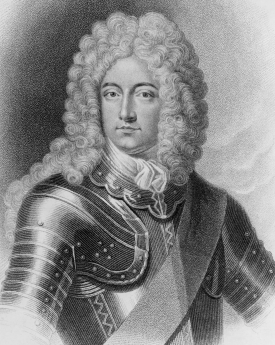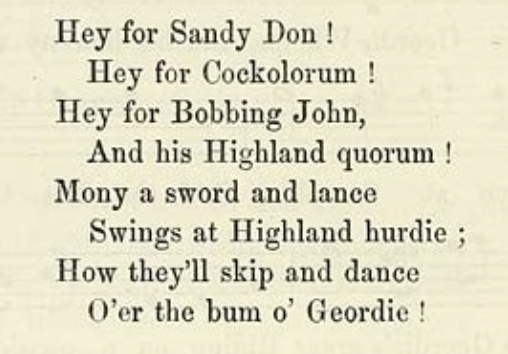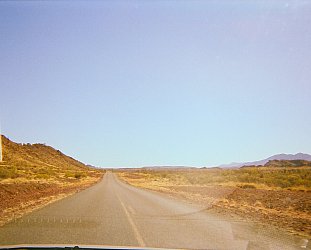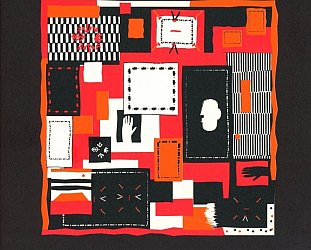Graham Reid | | 1 min read
Cam Ye O'er Frae France (by the Whistlebinkies)

Scotland has no shortage of ruined castles and churches, ancient sites, graveyards, battlefields and stones marking significant people, places or events.
On the way into the historic village of Braemar in central Scotland from the east -- in the Grampian Mountains and a gateway to the Highlands -- there is a marker very easy to miss.
It's a white stone and the plaque says it was placed there in 1953 “to commemorate the raising of the standard on 6thSeptember 1715 by John Erskine, Earl of Mar”.
When it comes to any Jacobite rebellion against the English crown, the word “failed” usually precedes it.
 And the uprising in 1715, almost 20 years after John Graham of Claverhouse's defeat of the English forces in the battle of Killiecrankie further south – a “failed” uprising despite the victory – started here with Erskine.
And the uprising in 1715, almost 20 years after John Graham of Claverhouse's defeat of the English forces in the battle of Killiecrankie further south – a “failed” uprising despite the victory – started here with Erskine.
Although this local laird whose Old Mar Lodge was located to the west of Braemar wasn't quite the committed Jacobite suggested by the plaque.
In the popular satirical song Cam Ye O'er Frae France (covered by Steeleye Span in the Seventies) about George I, he was referred to as “Bobbing John” (and sometimes “Bobbing Jock”) because he would vacillate between support of the Stuart/Jacobite cause and a reluctance to become involved.
John was the 6th Earl of Mar and the first Earl (of the same name) had a major role in deposing Mary Queen of Scots in favour of her infant son James VI who became James I of England.
There was a history of bobbing in the lineage.
The story goes that Erskine invited Highland clan leaders to his home for an annual hunt but then announced he would lead the Jacobite rebellion against King George.
The rebellion didn't last long: despite an army of more than 10,000 men – a fractious bunch with clan loyalties as much as being for the Jacobite cause – they were defeated two months after raising the standard in Braemar by a smaller army led by John Campbell, the duke of Argyll near Perth.
Erskine fled to France and until his death in Germany in 1732 there were rumours he had been a spy and double agent feeding Jacobite secrets to their enemies.
But there's not enough room on that plaque to get the whole conflicted history of the man they called Bobbing John.
.






post a comment